Panadol Science Academy
Across the globe, pain is a significant problem with a major impact on people’s lives.1 The Panadol Science Academy is a one stop digital repository which includes fundamental information on pain and the analgesic action of paracetamol in the nociceptive pain pathway.2
The video highlights the benefits of the Panadol formulations for individual patient needs. This includes products with technology for faster disintegration and absorption as well as those combined with caffeine to effectively handle tough pains.

Holistic pain management
Access the webinar on holistic pain management, presented by Dr. Mobasheri. This webinar discusses the need for a holistic pain treatment plan, with a focus on optimising quality of life.
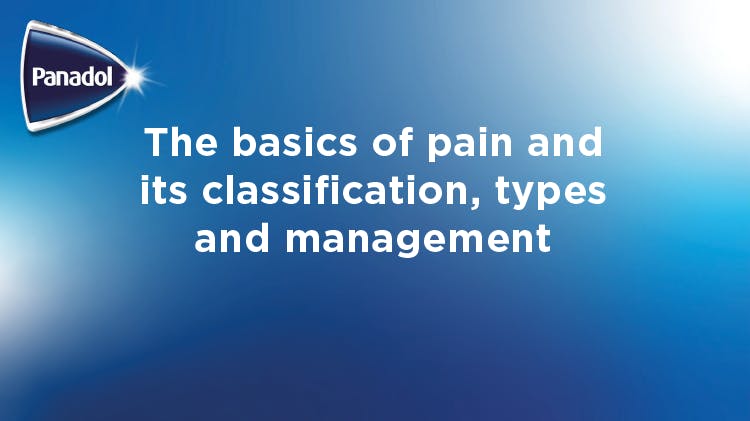
Understanding the basics of pain and its classification, types and management
Globally, more than 90% people suffer from pain every day.1 This video helps in understanding pain and provides support for pharmacy teams in making treatment recommendations.
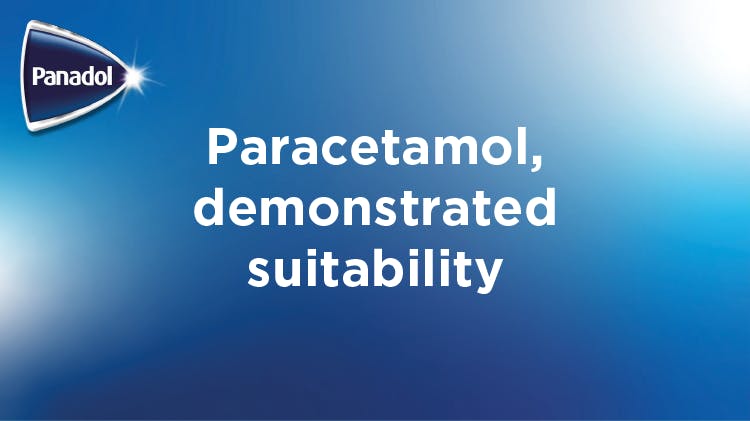
Discover more about the demonstarted suitability of paracetamol
OTCs medications are regularly used for managing mild to moderate pain3. Discover why paracetamol is a suitable pain relief choice for patients with cardiovascular disease, hypertension, asthma, including the elderly population compared to NSAIDs.4,5
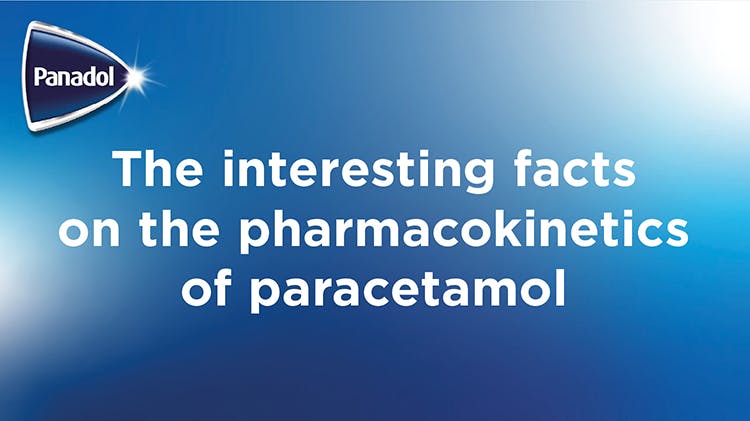
Learn more about interesting facts on pharmacokinetics of the Paracetamol
Watch this video to see what happens when you ingest oral paracetamol tablets' and identify the factors affecting absorption of Paracetamol like delayed gastric emptying commonly seen in diabetics6, impacting its efficacy.

Find out how the Panadol formulation can offer fast and effective pain relief
Watch this video to discover more about the revolutionary Optizorb technology7 that allows delivery of paracetamol fast and effectively when it is needed most.
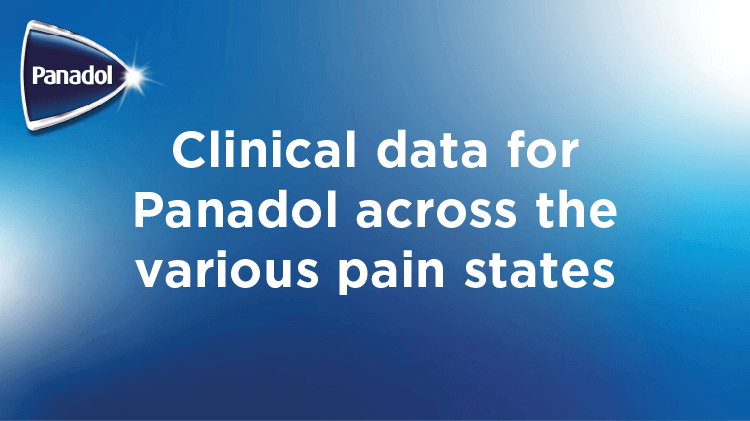
Dive deep into clinical data for Panadol across various pain states
See how various formulations of Panadol can help your patients with common pain conditions.
Product details
Learn More

Headache – Patient case study
This patient case study focuses on Gregory, a 45 year old male who complains of frequent headaches, often towards the end of the working day. This interactive module uses guidelines-based differential diagnosis to help identify the appropriate management options.
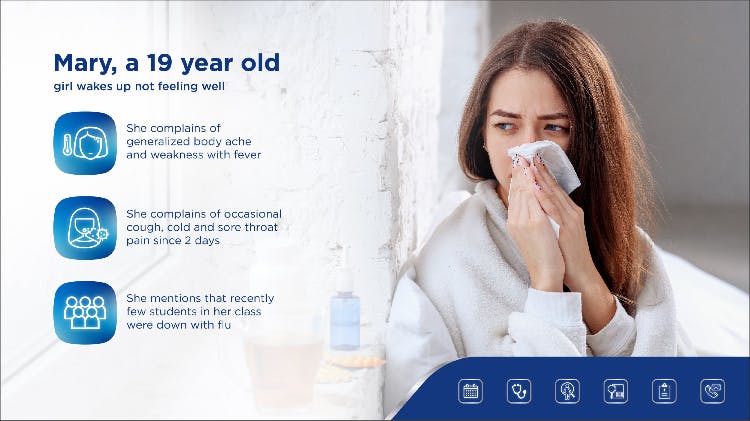
Sore throat and body pain – Patient case study
Meet Mary, a 19 year old female patient who has woken feeling unwell with a sore throat and generalised body pain. The interactive module outlines the approach to diagnosis and management of pain and fever.
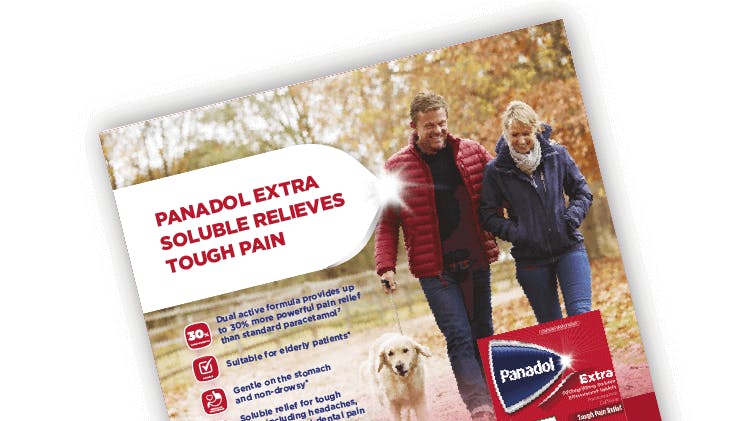
Pain relief ingredient recommendation leavepiece
This comparison table highlights treatment classifications and patient suitability for different pain ingredients including paracetamol, oral ibuprofen and codeine.

